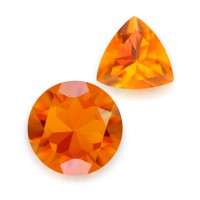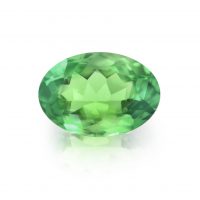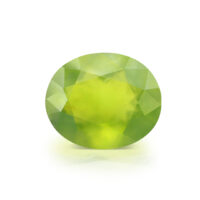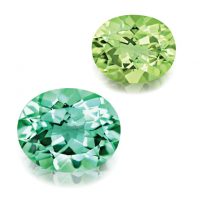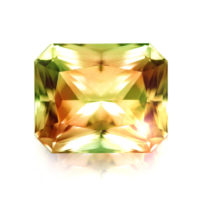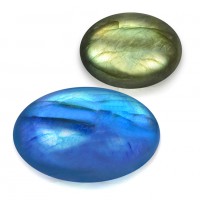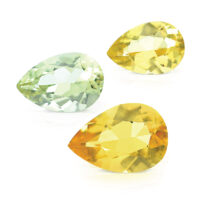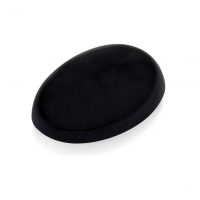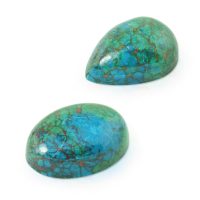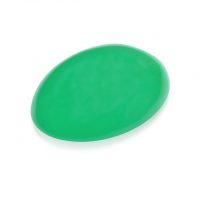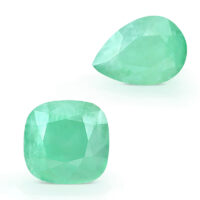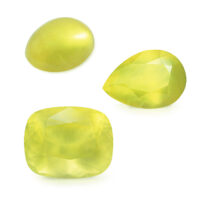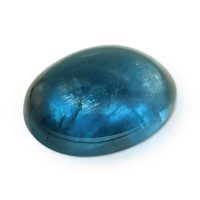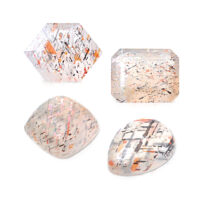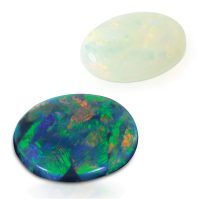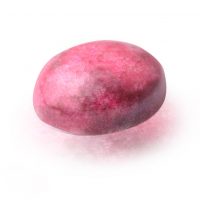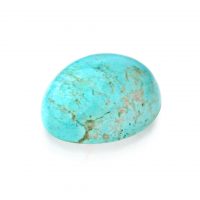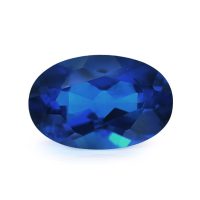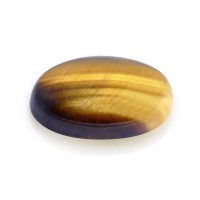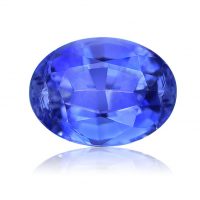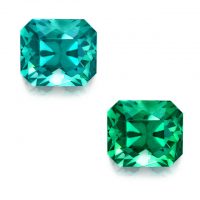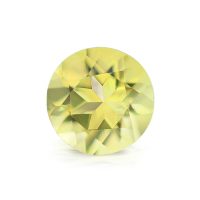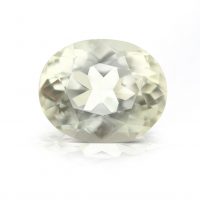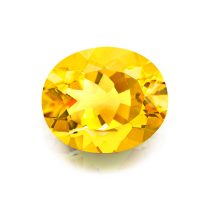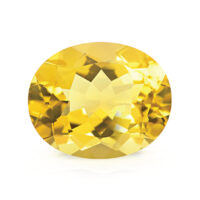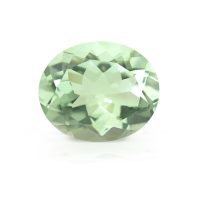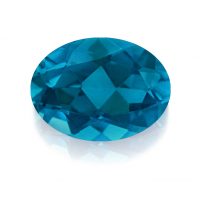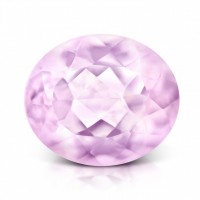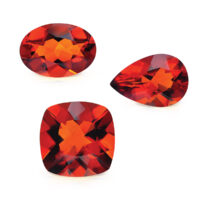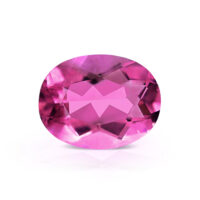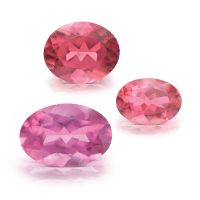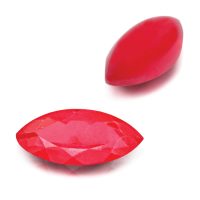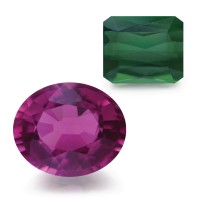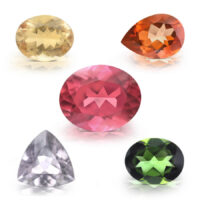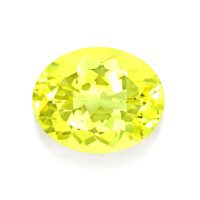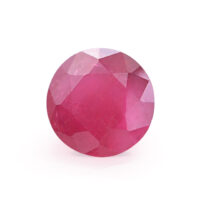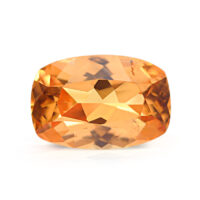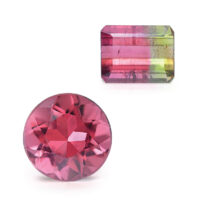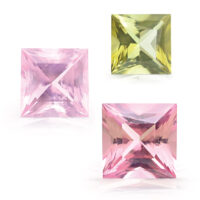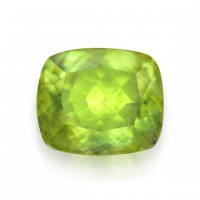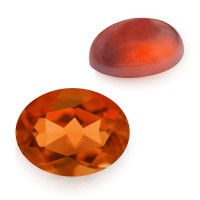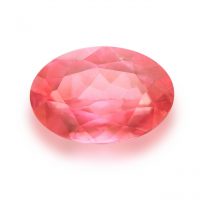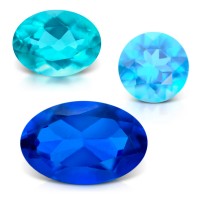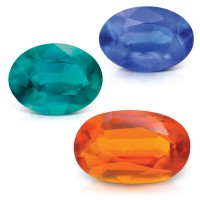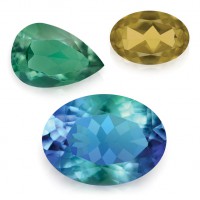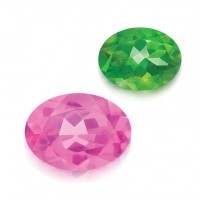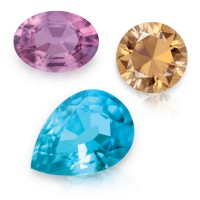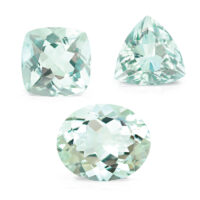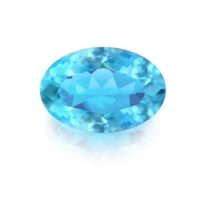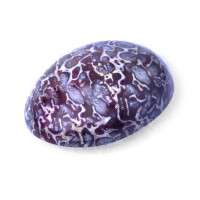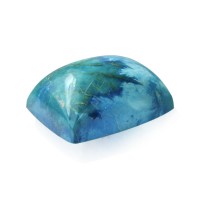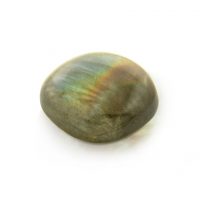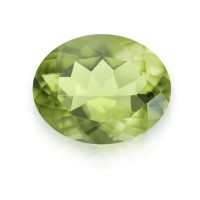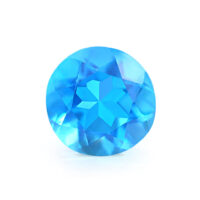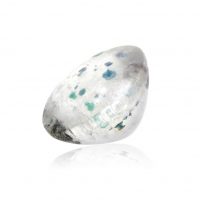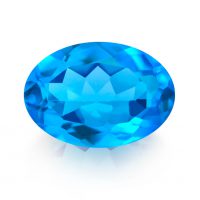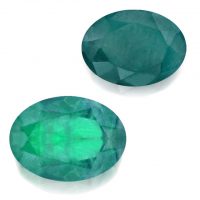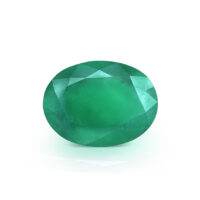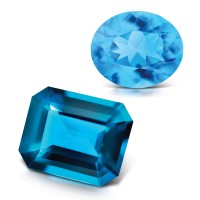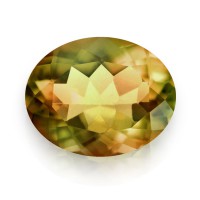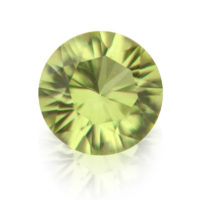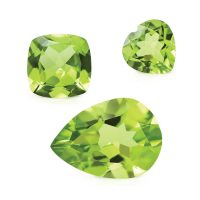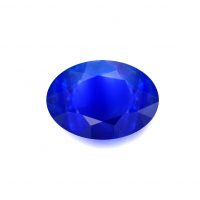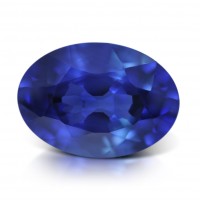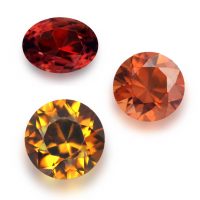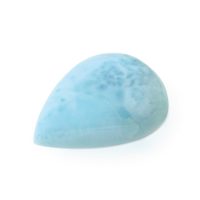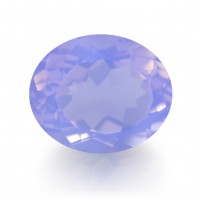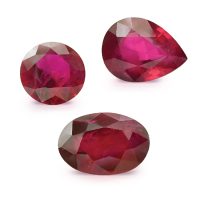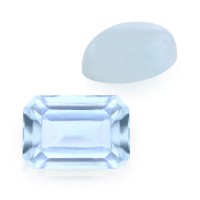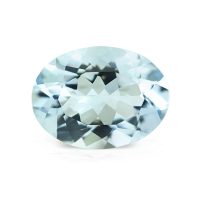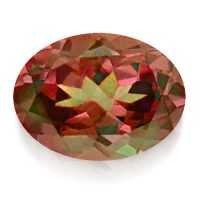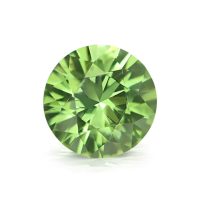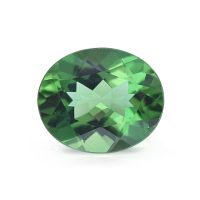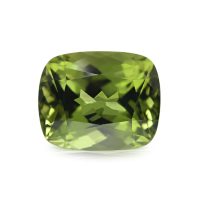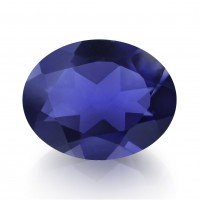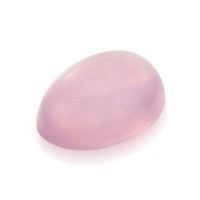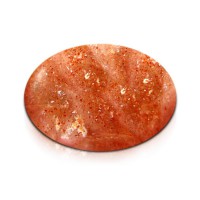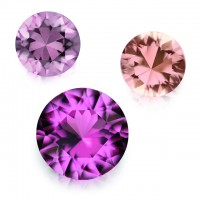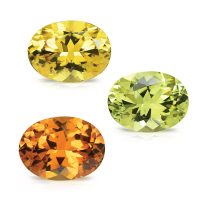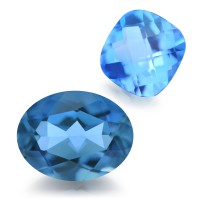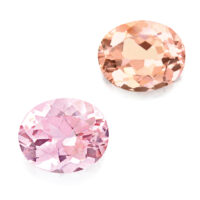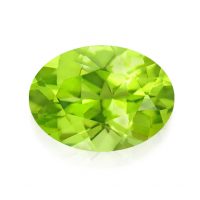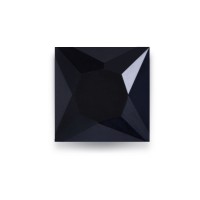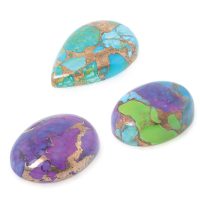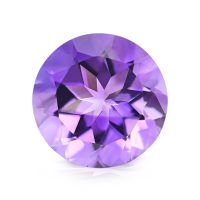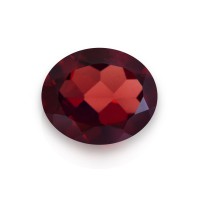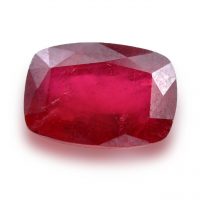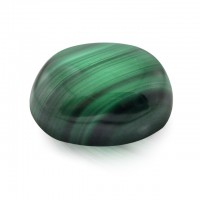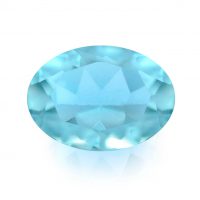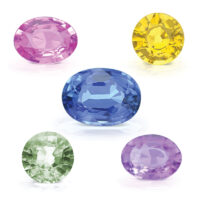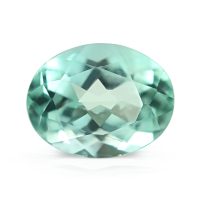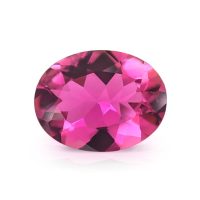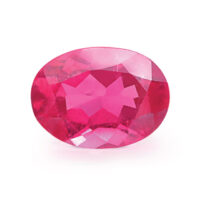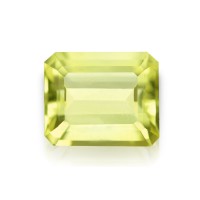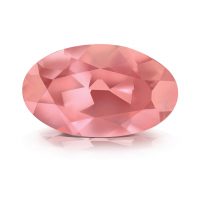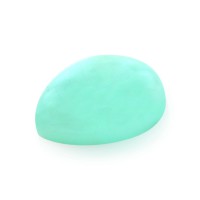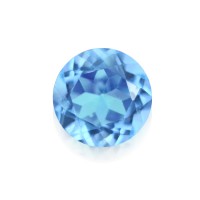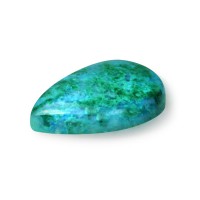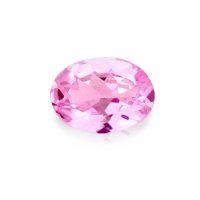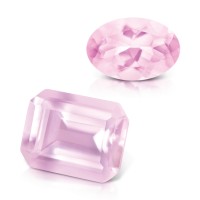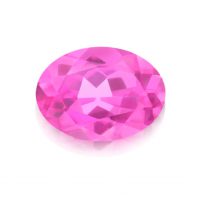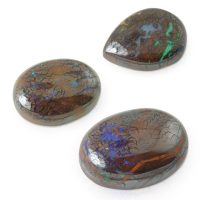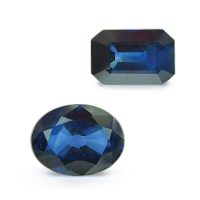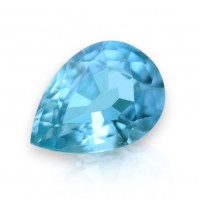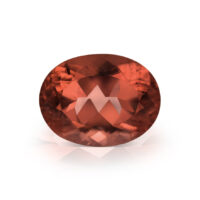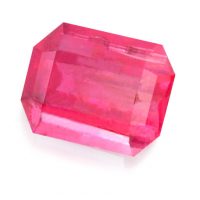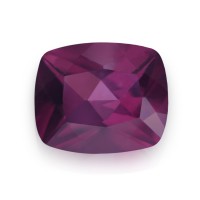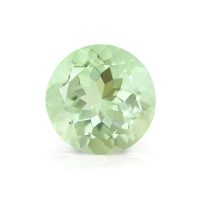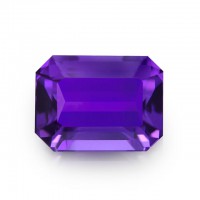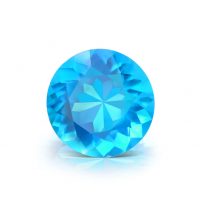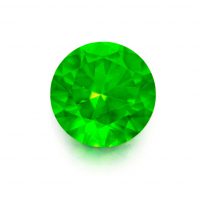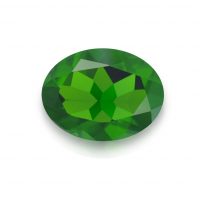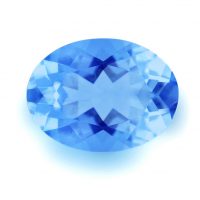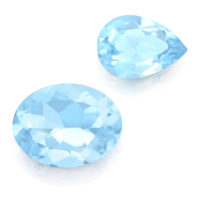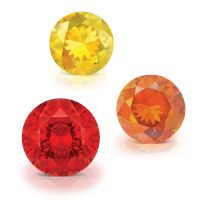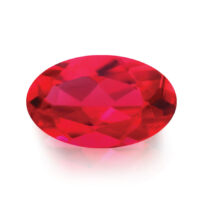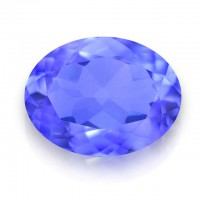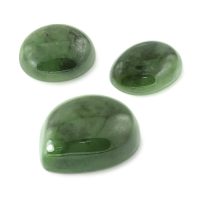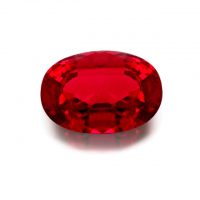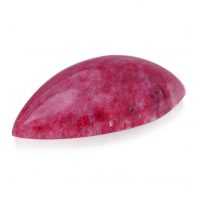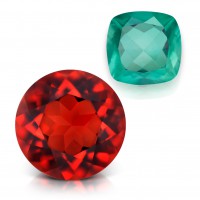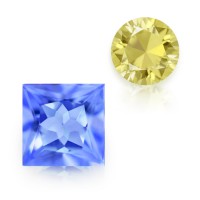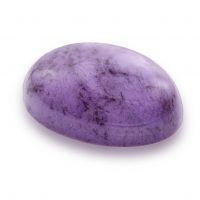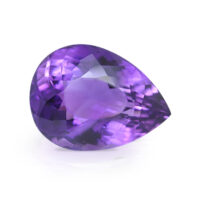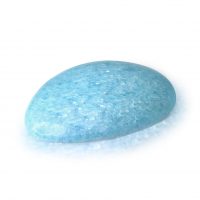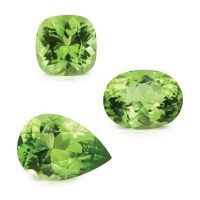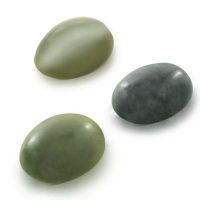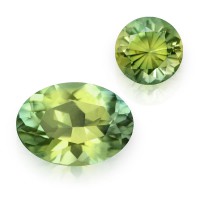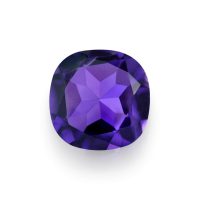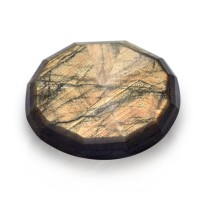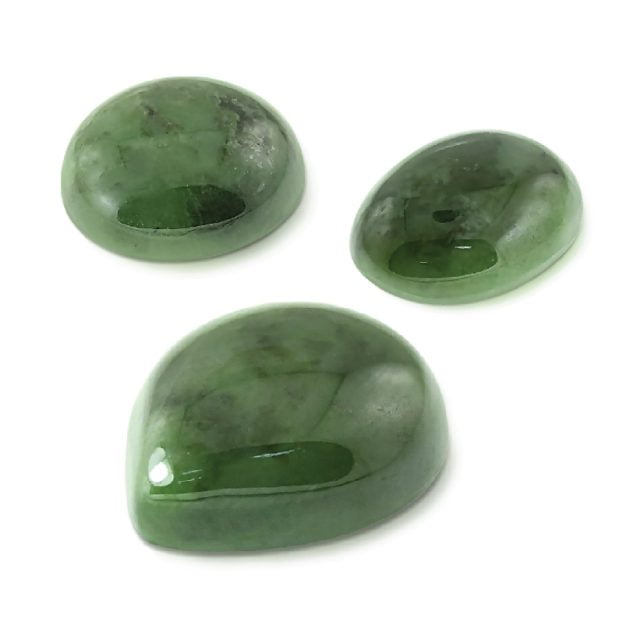

Hand-fossicked over the last decade, our Tasmanian Jade is a solitary miner’s artisanal harvesting on Tasmania’s unforgiving western coastline, at the edge of the world. The relatively new, lustrous beauty of Tasmanian Jade’s mottled forest, grassland and tundra fern-greens, reflects the majesty of the hinterland in which it’s found. While less than 10 percent’s gem-quality, the main challenge remains its small and remote deposit’s perilous locale. Incredibly beautiful, undeniably rare, and everyday wearable, Tasmanian Jade is an immensely collectable twist on an ancient jewelry gem.
Hardness 6 – 6.5
Refractive Index 1.652 – 1.688
Relative Density 3.30 – 3.38
Enhancement None
Beauty
One of the world’s most uniquely beautiful Nephrites, Tasmanian Jade displays attractive, mottled patterns of rich greens to greyish-greens in medium to dark saturations (strength of color) and tones (lightness or darkness of color). These color variations, along with occasional splashes of earthy blacks, browns and grays, provide an interesting canvas, highlighting the gem’s characteristic patterns. Every Tasmanian Jade has its own beautiful variations, making every gem individually unique.
Tasmanian Jade possesses a medium to fine-grain, affording a very high, mirror-like polish. This key quality consideration facilitates both color communication and a deft finish, displaying a high-luster, even in mundane lighting. Tasmanian Jade is expertly cut in the legendary gemstone country of Thailand (Siam), home to some of the world’s best lapidaries. Optimally cut ‘en cabochon’ (cut in convex form and highly polished, but not faceted), Tasmanian Jade is carefully finished into attractive smooth domes with a desirable proportion, shape, symmetry, and a superior polish that displays an excellent vitreous (glassy) luster.
‘Jade’ originates from the Spanish conquest of the Americas, being derived from ‘piedra de hijada’ (colic stone) around 1565. The gem’s other Spanish name ‘piedra de los rinones’ (kidney stone), translates into the Latin, Lapis Nephriticus, giving the name, Nephrite. These names came from curative connections between the shape of Jade pebbles and kidneys. In 1863 Alexis Damour established that Chinese Jade (Nephrite, the ‘traditional’ Jade) and Burmese Jade (which he named ‘Jadeite’) are different minerals with similar properties. Nephrite comes in blacks, blues, browns, greens, greys, yellows, and whites. The true emperor of Chinese jewelry, Jade was also prized in Aztec, Maori, Mayan, Native American, Olmec, and Toltec cultures.
Rarity
While Burma (Myanmar) and China remain famous, historically acclaimed, important Jade origins, other sources include, Australia, Guatemala, Japan, Kazakhstan, New Zealand, Russia, Taiwan, and the USA.
Australia only has three Nephrite Jade deposits, South Australia (1965), New South Wales (1978), and most recently, Tasmania (2015). Among the world’s largest known Nephrite Jade deposits, Australian Black Jade is mined near Cowell in South Australia’s Eyre Peninsula, while the NSW deposit is located near Tamworth.
Tasmania’s remote West Coast might be best-known for its rugged rocky coastline, but hidden within this harsh and beautiful landscape are gem-quality minerals in extremely limited, barely commercial quantities. While Quartz, Topaz and Sapphire are found scattered across Tasmania, Jade was unknown until 2015. Found by gemstone prospectors Boris and Christina Ellis several years earlier at the Heemskirk Falls Prospect in the West Coast Municipality’s Trial Harbor District, samples were confirmed by Mineral Resources Tasmania in 2015. An unusual Nephrite variety, Tasmanian Jade is a natural cocktail of Nephrite, Diopside, and other minerals, such as Garnet and Quartz, resulting in its signature patterns. The Ellis’s aptly named this new Tasmanian gem, ‘Buttongrass Jade’, after the changing colors of Buttongrass (Gymnoschoenus Sphaerocephalus). A common native plant on the island’s West Coast, Buttongrass forms part of Tasmania’s unique grassy hinterland habitat.
Our Tasmanian Jade is ethically and environmentally harvested by a single artisanal miner, with exceptional value afforded by mine-to-market vertical integration. Extremely important, nothing is lost to unnecessary middlemen, and provenance is assured. Tasmanian Jade is legally collected in compliance with environmental best practices. To leave no impact, only very small amounts of the best gem-grade material are fossicked by hand. With only 5 – 10 percent gem-quality, this small deposit is best-measured in kilograms over tons, with the miner noting at least a 50 percent decline in ten years of collecting. Tasmanian Jade’s sole deposits located on a challenging rocky coastline that is hard to maneuver, especially when you have a backpack of Jade. Only the experienced few make the trek, as the weight of Jade boulders makes an already treacherous trip home, potentially dangerous. At around 10 percent, the cut yield for Tasmanian Jade is also lower than usual, noting the typical return on a gem mineral is 20 – 35 percent. While we achieved better consistency than anticipated, the crystals had some very fine cracks, which had to be worked around, reducing yield. Unsurprisingly, Tasmanian Jade is incredibly scarce and not readily available in jewelry, especially when calibrated for collections.
Tasmanian Jade is also totally natural and unenhanced, which is a critical attribute for top qualities, accentuating desirability, rarity, and value.
Durability & Care
Tougher than Diamonds, Tasmanian Jade (Mohs’ Hardness: 6 – 6.5) is an excellent choice for everyday jewelry. Tasmanian Jade should always be stored carefully to avoid scuffs and scratches. Clean with gentle soap and lukewarm water, scrubbing behind the gem with a very soft toothbrush as necessary. After cleaning, pat dry with a soft towel or chamois cloth.
Map Location
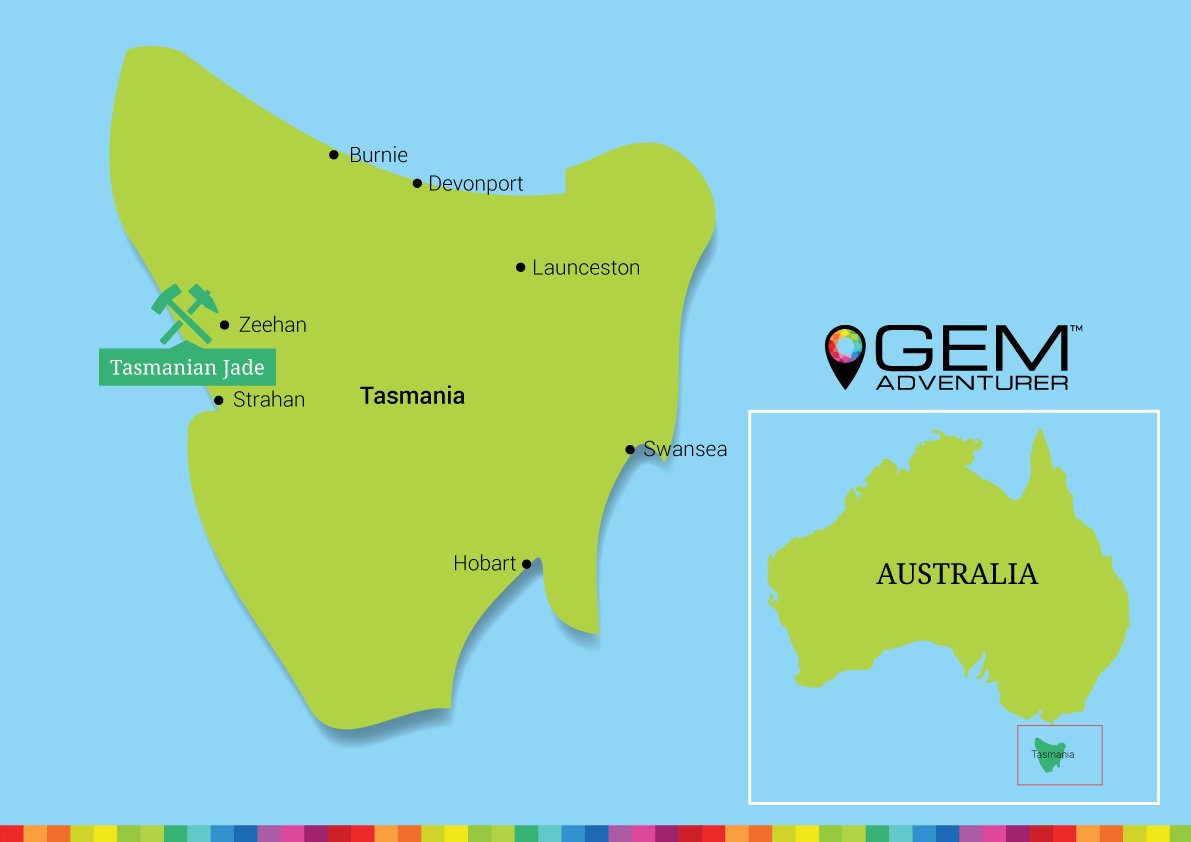
Click map to enlarge








